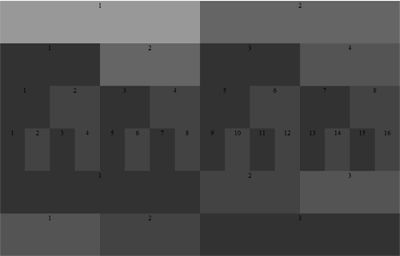
Search engine optimization is the key to pinpointing exactly what Google sees when it looks at your content. SEO practices will help you communicate more effectively with Google’s search algorithms, planting your pages at the top of the results index. [Read more…]
Originally posted on July 21, 2020 @ 9:57 am




